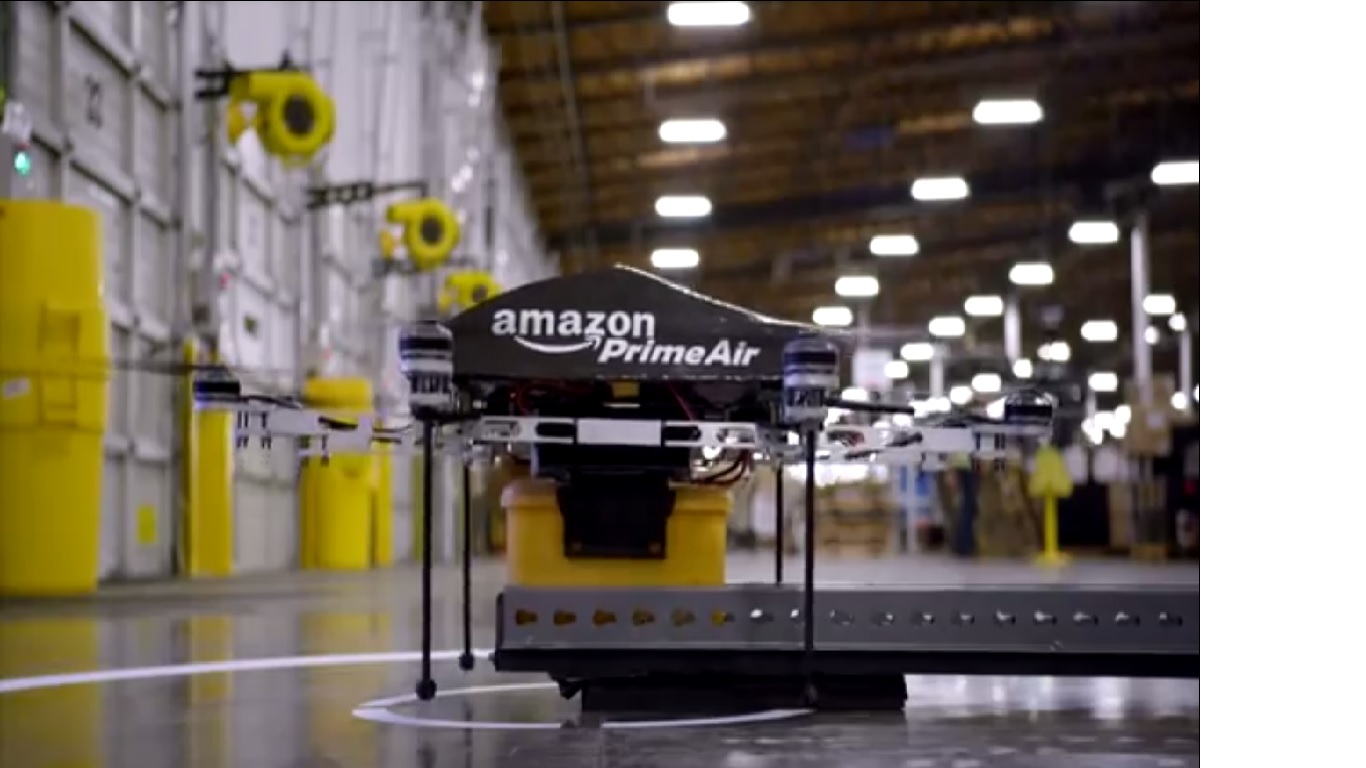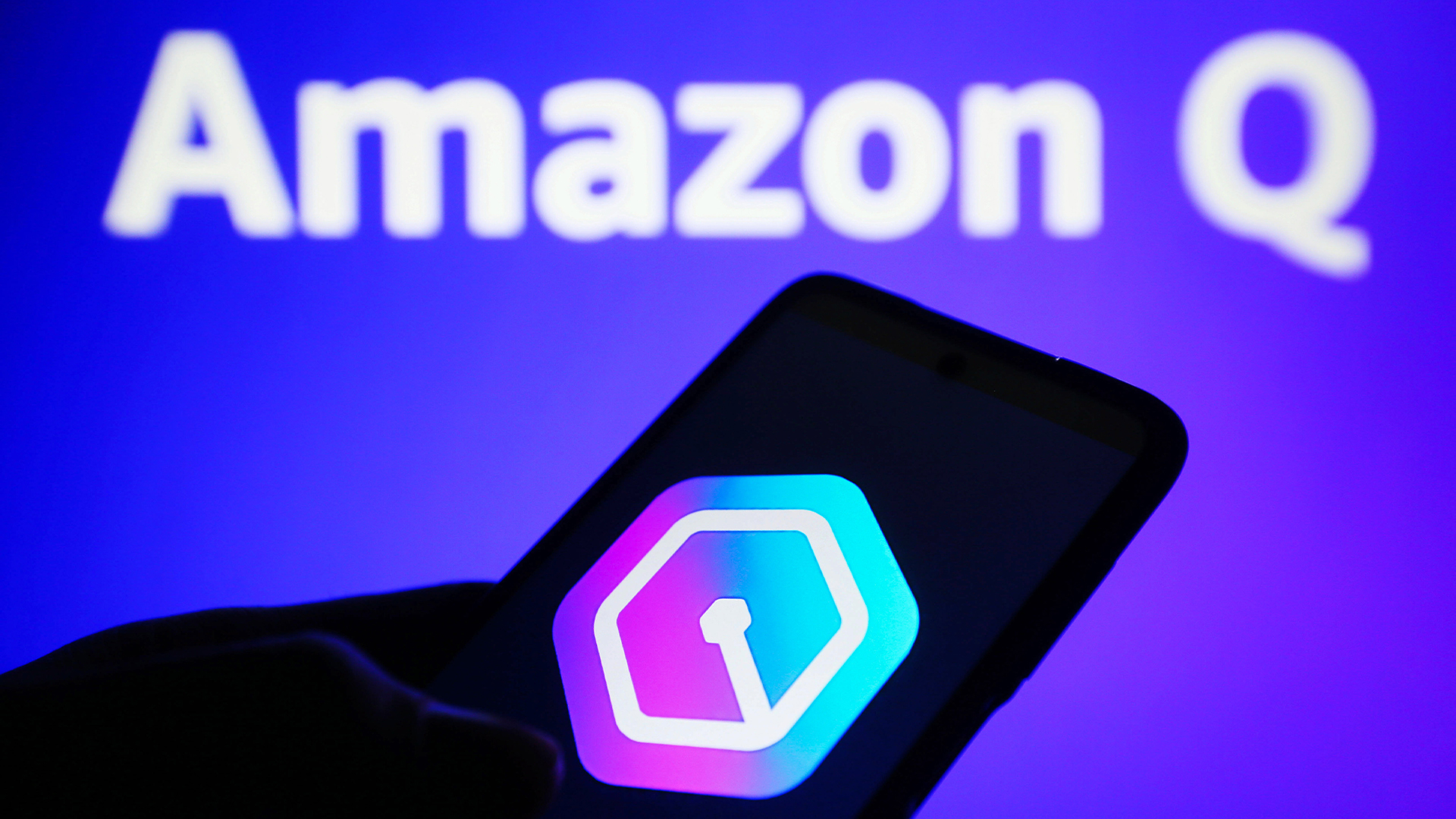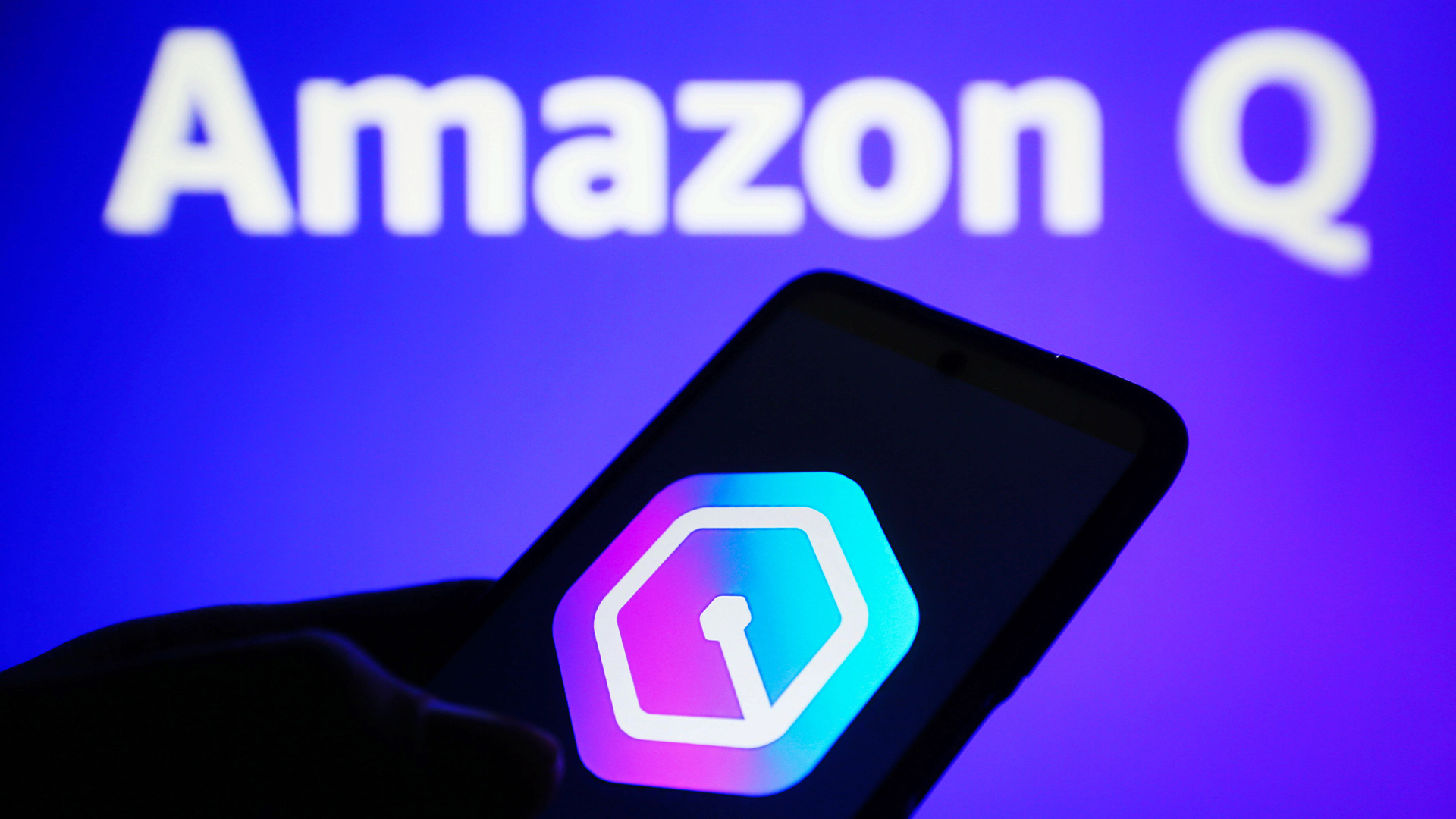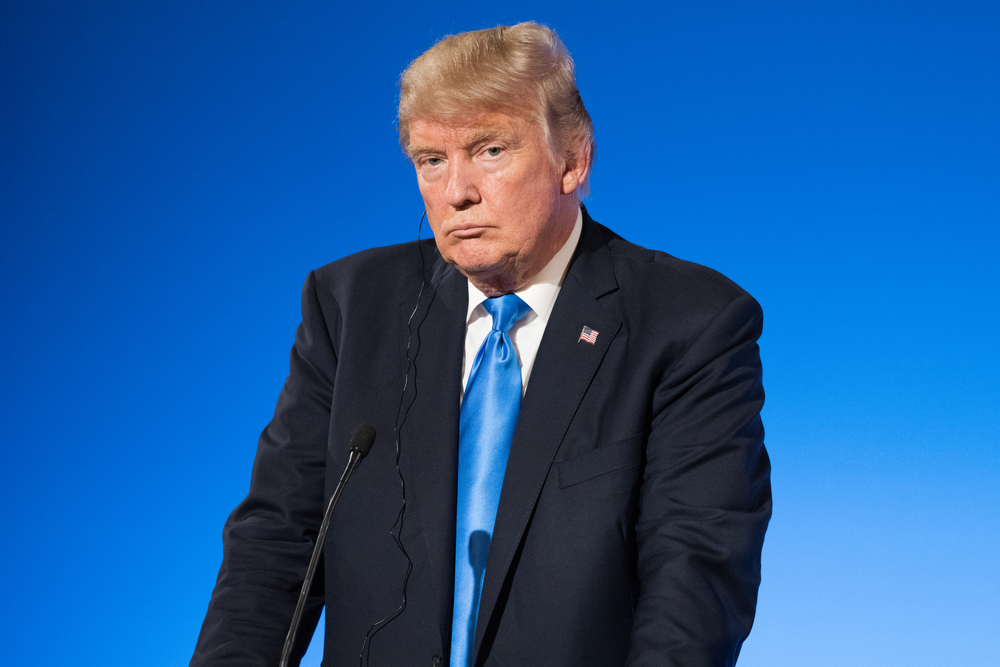Amazon delivery drones grounded by FAA's new aviation rules
FAA says drones can’t fly at night, and must be within sight of their operators at all times

The prospect of Amazon and Google drones delivering packages to your door is looking unlikely after a US aviation body set out its proposed rules governing drone flight.
Drones must be within sight of their operators at all times, as the technology is not advanced enough to avoid crashes without human intervention, the Federal Aviation Administration (FAA) has ruled.
And while they can reach speeds of 100mph and climb up to 500 feet in altitude, they cannot fly over crowds and cannot fly at night dramatically limiting their potential for commercial operation in cities.
FAA administrator Michael Huerta said: "We have tried to be flexible in writing these rules. We want to maintain today's outstanding level of aviation safety without placing an undue regulatory burden on an emerging industry."
The news follows attempts by the FAA to ban drone activity in June 2014.
However, the body still believes drones can play a huge role in advancing several industries including farming, search and rescue and urban planning.
It sees use cases for drones in aerial photography and mapping, crop monitoring and inspecting infrastructure like bridges and tall buildings.
Get the ITPro daily newsletter
Sign up today and you will receive a free copy of our Future Focus 2025 report - the leading guidance on AI, cybersecurity and other IT challenges as per 700+ senior executives
Despite these roles, the FAA's proposed rules pour cold water on Amazon's ambitions of using drones to deliver packages to people's doors by around 2018.
Google is also innovating in this area, but wants to be able to operate drones in disaster zones.
Astro Teller, captain of moonshots at Google, told the BBC last summer: "Even just a few of these, being able to shuttle nearly continuously, could service a very large number of people in an emergency situation."
Amazon has expressed disappointed with the FAA's plans, according to the Guardian.
Paul Misener, VP of global public policy for the company, told the publication: "The FAA needs to begin and expeditiously complete the formal process to address the needs of our business, and ultimately our customers."
However, the FAA predicts that within three years of the rules being passed, more than 7,000 businesses will get drone permits.
It is not likely that the rules will be finalised for another two or three years.
-
 Bigger salaries, more burnout: Is the CISO role in crisis?
Bigger salaries, more burnout: Is the CISO role in crisis?In-depth CISOs are more stressed than ever before – but why is this and what can be done?
By Kate O'Flaherty Published
-
 Cheap cyber crime kits can be bought on the dark web for less than $25
Cheap cyber crime kits can be bought on the dark web for less than $25News Research from NordVPN shows phishing kits are now widely available on the dark web and via messaging apps like Telegram, and are often selling for less than $25.
By Emma Woollacott Published
-
 AWS expands language support for Amazon Q Developer
AWS expands language support for Amazon Q DeveloperNews AWS has expanded support for languages in Amazon Q Developer, making it easier for developers to code in their first language.
By Nicole Kobie Published
-
 Redis insists license changes were the “only way to compete with Amazon and Google” — now it could face a user exodus
Redis insists license changes were the “only way to compete with Amazon and Google” — now it could face a user exodusNews Redis sparked controversy when it announced licensing changes in March this year – but the company believes the move was warranted
By Ross Kelly Published
-
 Everything you need to know about Amazon Q, including features, pricing, and business tiers
Everything you need to know about Amazon Q, including features, pricing, and business tiersExplainer Amazon Q can help developers write code faster and help workers with no coding experience build their own generative AI apps
By Steve Ranger Published
-
 Amazon to become Microsoft 365 customer in landmark $1 billion deal
Amazon to become Microsoft 365 customer in landmark $1 billion dealNews The Microsoft 365 deal marks a major pivot for Amazon, which has traditionally avoided using rival cloud products
By Ross Kelly Published
-
 EU opens antitrust probe into Play Store's billing guidelines
EU opens antitrust probe into Play Store's billing guidelinesNews The European Commission will investigate whether developer fees and billing terms put forth by Google’s Play Store are adequate
By Praharsha Anand Published
-
 Tech giants lobby US to fund chip production
Tech giants lobby US to fund chip productionNews Industry heavyweights ask Congress for $50 billion in chip manufacturing subsidies
By Mike Brassfield Published
-
 Microsoft has an edge on AWS, according to IT executives
Microsoft has an edge on AWS, according to IT executivesNews Goldman Sachs survey suggests IT executives see Microsoft winning the cloud wars over the next three years
By Bobby Hellard Published
-
 Trump slams EU's £3.8bn Android antitrust fine
Trump slams EU's £3.8bn Android antitrust fineNews The President accused the EU of taking advantage of the US... “but not for long!”
By Keumars Afifi-Sabet Published